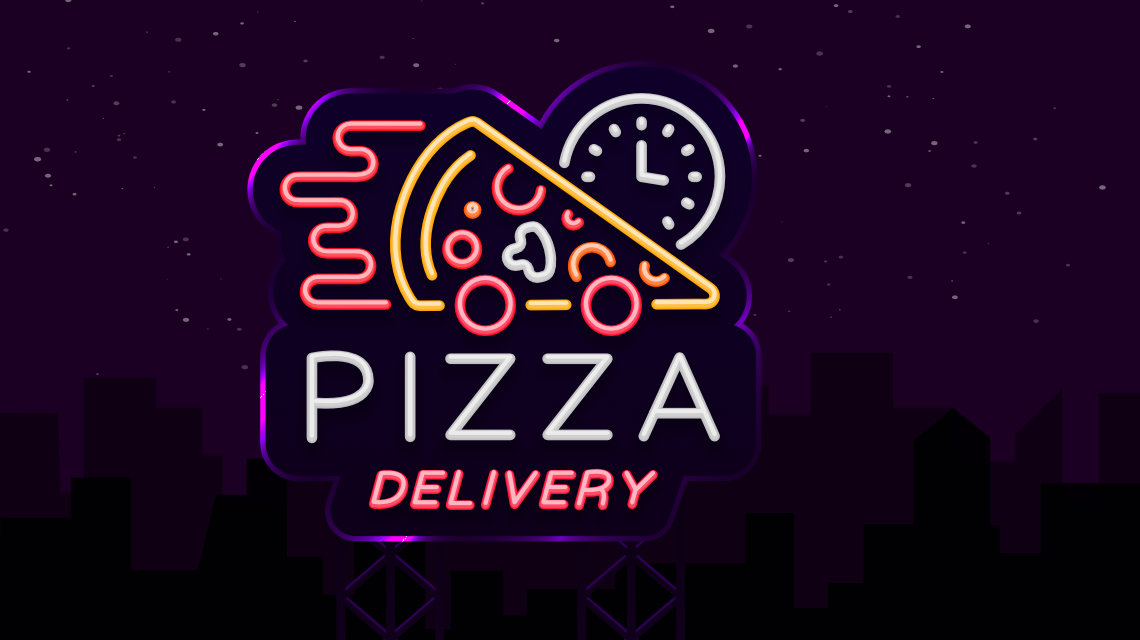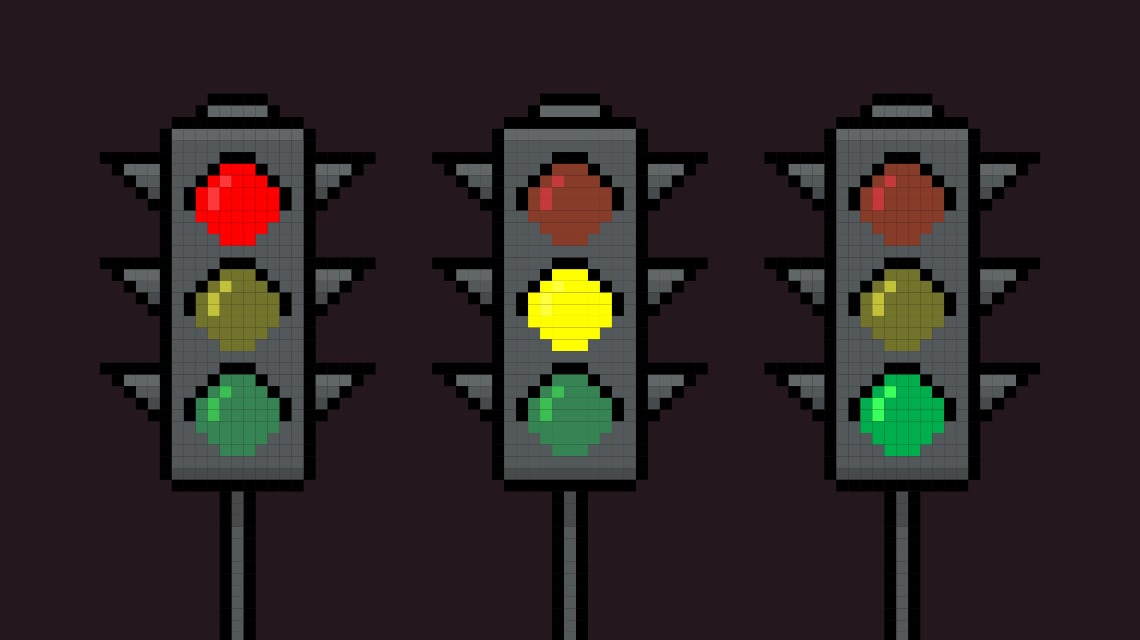Food delivery with a side of ads.
Will ‘merchant media’ advertising revenue make unprofitable business models viable?
The pandemic has been good for some. Mass behaviour change, induced by lockdowns and distancing, helped DoorDash’s revenue grow more than four-fold (from last quarter of 2019 to third-quarter 2021). Despite this, the company has still never made an annual profit (last quarter net losses were $101m, double the loss of the same period a year ago). Consequently, I’m not surprised to learn that the company recently boosted the scope of the ads that appear in its app and launched a bidding platform allowing advertisers to purchase ad placements. The golden promises of the attention (and data) economy are the only reason investors are betting on a low margin business like food delivery. Revenue from ad sales is expected to provide a badly needed, positive impact on the bottom line. Unfortunately, the opposing incentives of attention and customer service will affect the app-user experience.
Of course, DoorDash knows this. While introducing the changes, Toby Espinosa — vice president for DoorDash Ads — said: “We cannot mess with the consumer experience. You will never see us going way overboard.”
I’m sceptical. When (not if) DoorDash is heavily addicted to ad revenue, investors will demand more and more of it. The company claims to have 450,000 merchants selling via its platform, to recoup the $461m loss it recorded last year every one of those merchants would have to spend $1,025 on ads in DoorDash. Mr Espinosa says ads will only be billed if they generate a transaction for the advertiser but that won’t last, sometime soon they will be forced to offer display ads. Why? Because there is a limited amount of ad dollars you can squeeze from the vendors whose food you deliver. Once consumer brands start buying DoorDash display ads the incentive will be to keep users in the app longer to serve them more ads.
You get what you optimise for. A pure-play delivery service can concentrate on serving the needs of vendors and consumers. If the delivery service becomes media channel (because that is where the profit derives), it loses that focus. Food delivery is all about convenience. Restaurant dining is all about experience. Delivering a pizza is a sale. Providing a dining experience that enhances the consumption of pizza is advertising. The two have different mechanisms, goals, requirements and incentives. Like pizza and pineapple, some people think they work together - others do not.





